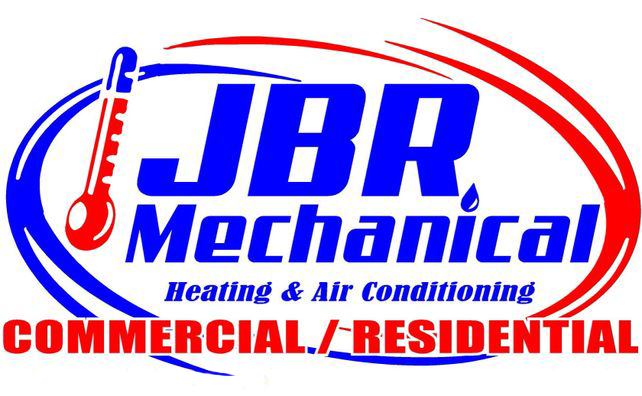
Once the weather starts to cool off, you might be concerned about how you’ll take full advantage of your heating and cooling. After all, HVAC expenses routinely make up a big portion of your monthly electric bill. To learn new ways to lower their HVAC bill, some people look closely at their thermostat. Maybe there’s a setting they can use to boost efficiency?
The majority of thermostats include both a ‘Fan’ or ‘Fan On’ setting. But if the fan is on during a regular cycle, what will the fan setting offer for an HVAC system? This guide will help. We’ll walk through precisely what the fan setting is and how you can use it to cut costs in the summer or winter.
What Is the Fan Setting on My Thermostat?
For the bulk of thermostats, the fan setting signifies that the air handler’s blower fan keeps running. Certain furnaces may continue to run at a low level in this setting, but in most cases heating or cooling isn’t being produced. The ‘Auto’ setting, in contrast, will run the fan over a heating or cooling cycle and turn it off after the cycle is finished.
There are benefits and drawbacks to switching on the fan setting on your thermostat, and whether you do or don’t {will|can|should]] depend on your distinct comfort requirements.
Advantages to utilizing the Fan/On setting:
- You can keep the temperature in each room more uniform by permitting the fan to keep running.
- Indoor air quality should improve since constant airflow will keep moving airborne particles into the air filter.
- Fewer start-stop cycles for the blower fan helps expand its life span. As the air handler is typically connected to the furnace, this means you could minimize the risk of needing furnace repair.
Disadvantages to switching to the Fan/On setting:
- A nonstop fan will likely raise your energy bills slightly.
- Continuous airflow can clog your air filter in a shorter amount of time, increasing the frequency you’ll need to replace it.
{Choosing Between|Should My Thermostat Be on|Which Setting for My Thermostat? Fan or Auto in Each Season
In the summer, warm air will sometimes linger in unfinished spaces such as the attic or an attached garage. If you keep the fan running, your HVAC system might draw this warm air into the rest of your home, forcing the HVAC system to work harder to preserve the preferred temperature. In severe heat, this may lead to needing AC repair more quickly as wear and tear increases.
The reverse can take place during the winter. Cooler spaces such as a basement will hold onto cooler air, which can eventually drift into the rest of your home. Leaving the fan running could draw more cold air upward, increasing the amount of heating you need to keep warm.
If you’re still trying to decide if you should try the fan/on setting, keep in mind that every home and family’s comfort needs will vary. Leaving the HVAC system’s fan on may be best for you if:
Someone in your household deals with allergies. Allergies and similar respiratory conditions can be hard on the family. Leaving the fan on is more likely to enhance indoor air quality, helping your family breathe easier.
Your home has hot and cold spots. Many homes wrestle with difficult hot and cold spots that quickly shift to a temperature different from the rest of the house. The fan setting might help lessen these changes by constantly refreshing each room’s ventilation.
